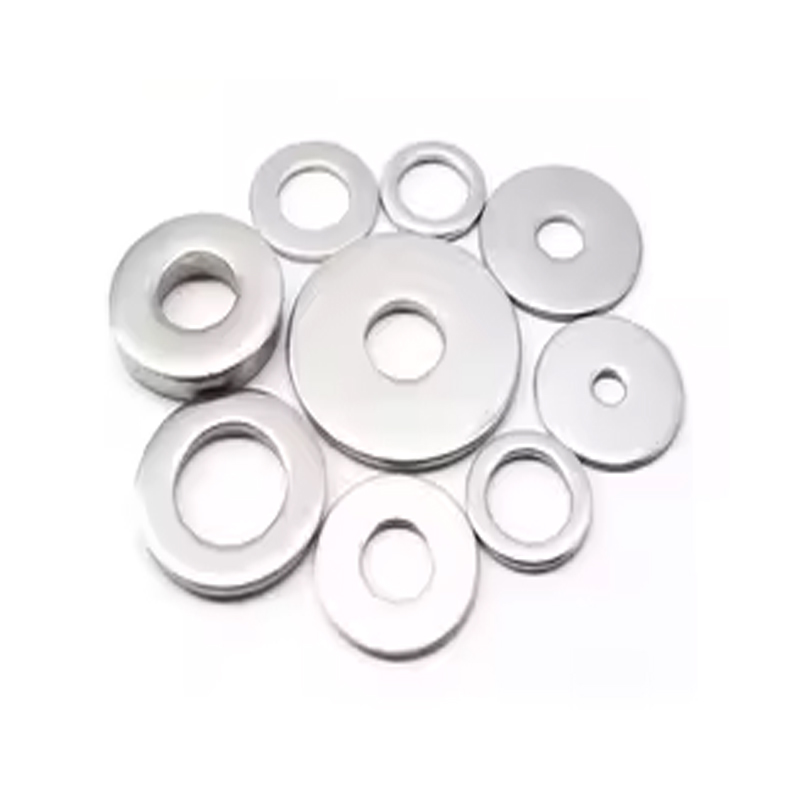Understanding the Importance of Transmission Extension Housing Seals in Vehicle Performance
The Importance of Transmission Extension Housing Seals in Automotive Engineering
In the intricate world of automotive engineering, every component plays a vital role in ensuring the smooth operation of vehicles. One such crucial component is the transmission extension housing seal. This often-overlooked part serves a critical function in maintaining the efficiency, reliability, and longevity of a vehicle's transmission system. In this article, we delve into the significance, construction, and maintenance of transmission extension housing seals, exploring why they deserve more attention than they typically receive.
Understanding the Transmission System
To appreciate the role of transmission extension housing seals, it is essential to understand the transmission system's purpose. The transmission is responsible for transferring power from the engine to the wheels. It regulates speed and torque, allowing the vehicle to operate efficiently under various driving conditions. A transmission system comprises multiple components, including gears, clutches, and, of course, seals.
What is a Transmission Extension Housing Seal?
The transmission extension housing seal, also known as the output shaft seal, is positioned where the transmission's output shaft exits the transmission case and connects to the driveshaft. This seal prevents transmission fluid from leaking out and external contaminants from entering the transmission system. It is typically made of rubber or a similar elastomeric material, designed to withstand high temperatures, pressure, and the chemical properties of transmission fluid.
The Role of the Seal
The primary function of the transmission extension housing seal is to maintain the integrity of the transmission fluid. Proper lubrication is essential for the smooth operation of the gears and clutches within the transmission. Without adequate lubrication, friction can lead to excessive wear and tear, ultimately resulting in costly repairs or a complete transmission failure.
Moreover, the seal prevents dirt, dust, and debris from entering the transmission. Contaminants can cause significant damage to internal components, leading to decreased performance and potential system breakdowns. Therefore, a functioning extension housing seal is integral in preserving the reliability of the transmission system.
Signs of Seal Failure
transmission extension housing seal

Recognizing the signs of a failing transmission extension housing seal is crucial for vehicle owners and mechanics alike. Common symptoms include
1. Fluid Leaks One of the most obvious signs of a failing seal is the presence of transmission fluid on the ground beneath the vehicle. This should prompt immediate inspection and repair to prevent further damage.
2. Fluid Contamination If the transmission fluid appears dirty or contains particles, it may indicate that external contaminants have compromised the seal.
3. Transmission Performance Issues Slipping gears, delayed shifting, or unusual noises when shifting can also suggest a seal failure, as inadequate lubrication can cause internal components to struggle.
Maintenance and Replacement
Maintaining the health of the transmission extension housing seal is vital for vehicle longevity. Regular transmission fluid checks and replacements can help ensure that the fluid remains clean and uncontaminated. During a routine service, mechanics should inspect the seal for signs of wear and tear, and if any irregularities are detected, prompt replacement is recommended.
Replacing a transmission extension housing seal typically involves draining the transmission fluid, removing the driveshaft, and accessing the seal. Once the old seal is removed, a new one can be properly installed. This process, while somewhat labor-intensive, is critical in preventing future leaks and ensuring the smooth operation of the vehicle.
Conclusion
In conclusion, while often overshadowed by larger components within the transmission system, the transmission extension housing seal is essential to automotive performance. Its role in maintaining fluid integrity and protecting against contaminants cannot be underestimated. Regular maintenance, timely inspections, and immediate repairs when issues arise are vital steps in prolonging the life of the transmission and ensuring a reliable driving experience. As vehicle technology continues to evolve, understanding and appreciating the function of all components, even the smallest ones, will remain imperative for both automotive professionals and vehicle enthusiasts alike. The reliability of a vehicle may just hinge on the effectiveness of a seemingly unassuming seal.
-
The Ultimate Guide to Boat Propeller Bearings and Trailer Wheel Bearings
News Jul.31,2025
-
The Essential Guide to Marine Bearings and Boat Trailer Wheel Bearings
News Jul.31,2025
-
The Complete Guide to Heavy Duty Seals: Protecting Doors and Spaces Efficiently
News Jul.31,2025
-
Essential Guide to Marine Shaft Bearings and Boat Trailer Axle Bearings
News Jul.31,2025
-
Comprehensive Guide to Marine and Trailer Bearings for Safe Boating and Transport
News Jul.31,2025
-
Comprehensive Guide to Automotive Oil Seals: Protecting Your Engine and Shafts
News Jul.31,2025
-
Understanding Automotive Oil Seals: Essential Components for Engine and Shaft Protection
News Jul.30,2025
Products categories















